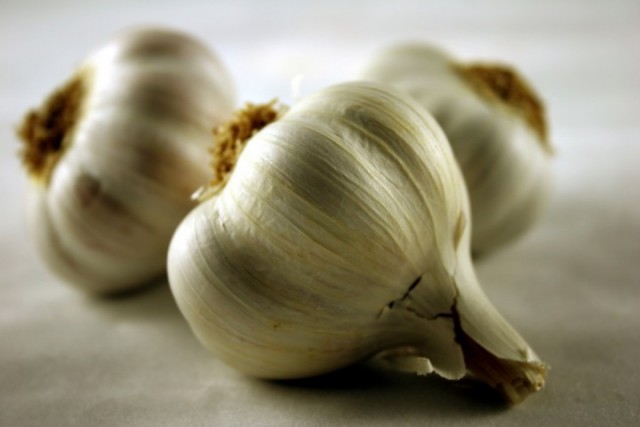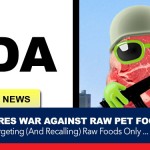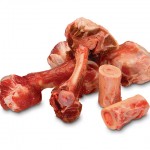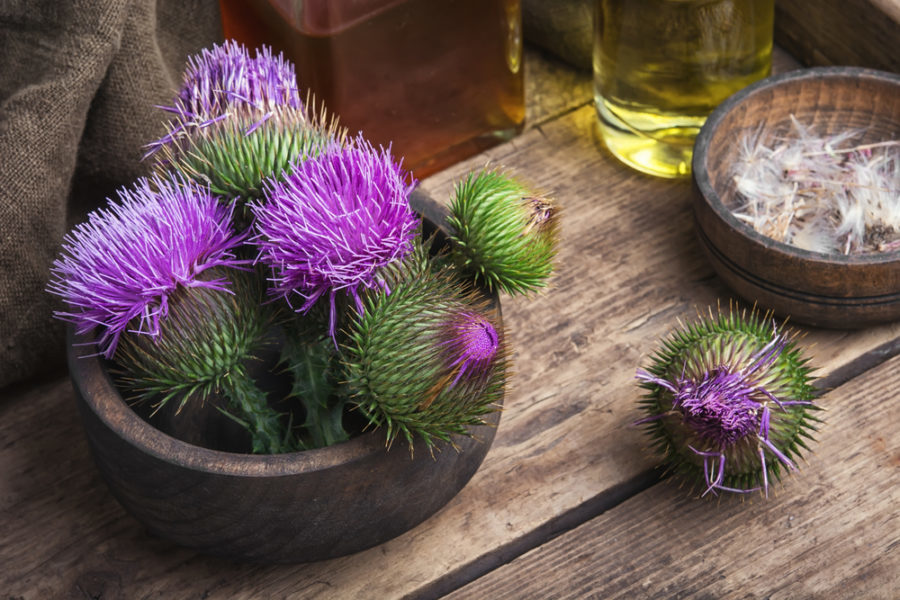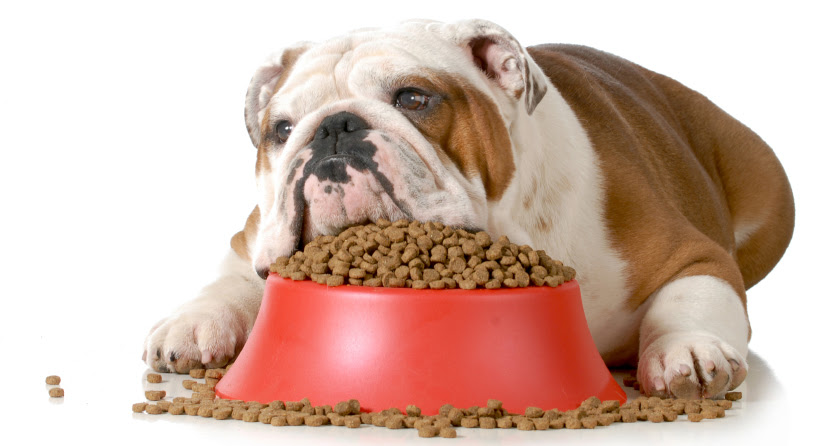By: Robert Mueller
Every day we read about different products or ingredients that have had their market presence challenged. Such cases have evolved around many common products such as sugar, butter, fats, dairy and so on. One day it’s good for you and then suddenly a new report comes out and recent scientific finding are released that turns a recommended product into one that the public is frightened to consume -or feed to their pets.
So is the on-going saga about garlic…is this is a safe ingredient to feed our pets? I’ve been asked this question for years…so I decided it was time to sort through the facts and fiction and get to the truth about garlic…even though I already knew the answer from practical experience! You see, I have recommended its use for 38 years and thousands of our customers have fed garlic to their pets – with no reported negative side effects. That should tell you something!
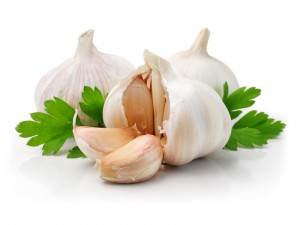
Nevertheless I was determined to put this to bed once and for all. One should always rely on the best collection of facts rather than base a decision out of fear or false data. We all know that the Internet is a valuable resource, however, that being said – you still have to sort out the facts from the fiction. There’s a lot of good information and there’s a lot of garbage too. Please don’t believe everything that you read there.
For example, there are several articles that I read portraying garlic as potentially poisonous for a dog. The reason these stories have escalated on the Internet is because of the close connection of garlic to an onion. Onions have a high concentration of thiosulphate, which can contribute to red blood cell destruction leading to hemolytic anemia. Onions are definitely a NO NO and should never be given to a dog. Even small quantities can cause a very bad reaction so onions should not be fed and, yes, they are a dangerously toxic item.
Garlic on the other hand has far less thiosulphate than what is found in an onion, and in fact, it is barely traceable when tested. And fortunately, there are 8 times more articles on the Internet, advocating the advantages of garlic than for those that issue cautions about its use as an ingredient in dog food.
Most raw food experts have advocated the use of garlic in our formulations because of the health benefits it provides. The major advantage of garlic rests on its incredible anti-parasitic and antiseptic properties.
The diseases we most frequently counsel people on are diabetes, kidney disease, cancer, liver, and heart disease. It has been my experience that garlic has been a useful ingredient in helping to control and cure these various conditions. Garlic also is an anti-inflammatory agent and has been proven to promote detoxification.
THE MAGIC OF FRESH GARLIC
Fresh garlic has some almost magical anti-bacterial properties that are actually strong enough to prevent certain kinds of food poisoning by killing bacteria like e-coli, staphylococcus aureus, and salmonella. The recent crack-down by the FDA to monitor and regulate bacterial concentrations in pet food makes garlic an even more useful ingredient in our formula. At BARF World® we like to call it a super food since it has so many benefits.
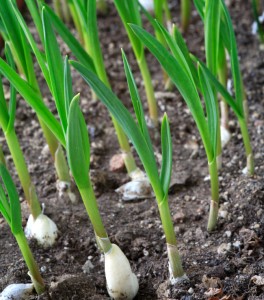
So the bottom line on garlic is that it delivers super anti-bacterial properties and health benefits when fed in small amounts and mixed into your pet’s food. I know I’m dating myself here but to quote Joe Friday from the old T.V. Dragnet series: ” I only want the facts ma’am and nothing but the facts. “ The facts about garlic support its use in our formulations and we’ll stand by it now and in the future.
Source: Robert Mueller, BSc, Pharm. is a registered pharmacist, author of Living Enzymes: The World’s Best Kept Pet Food Secret”.

